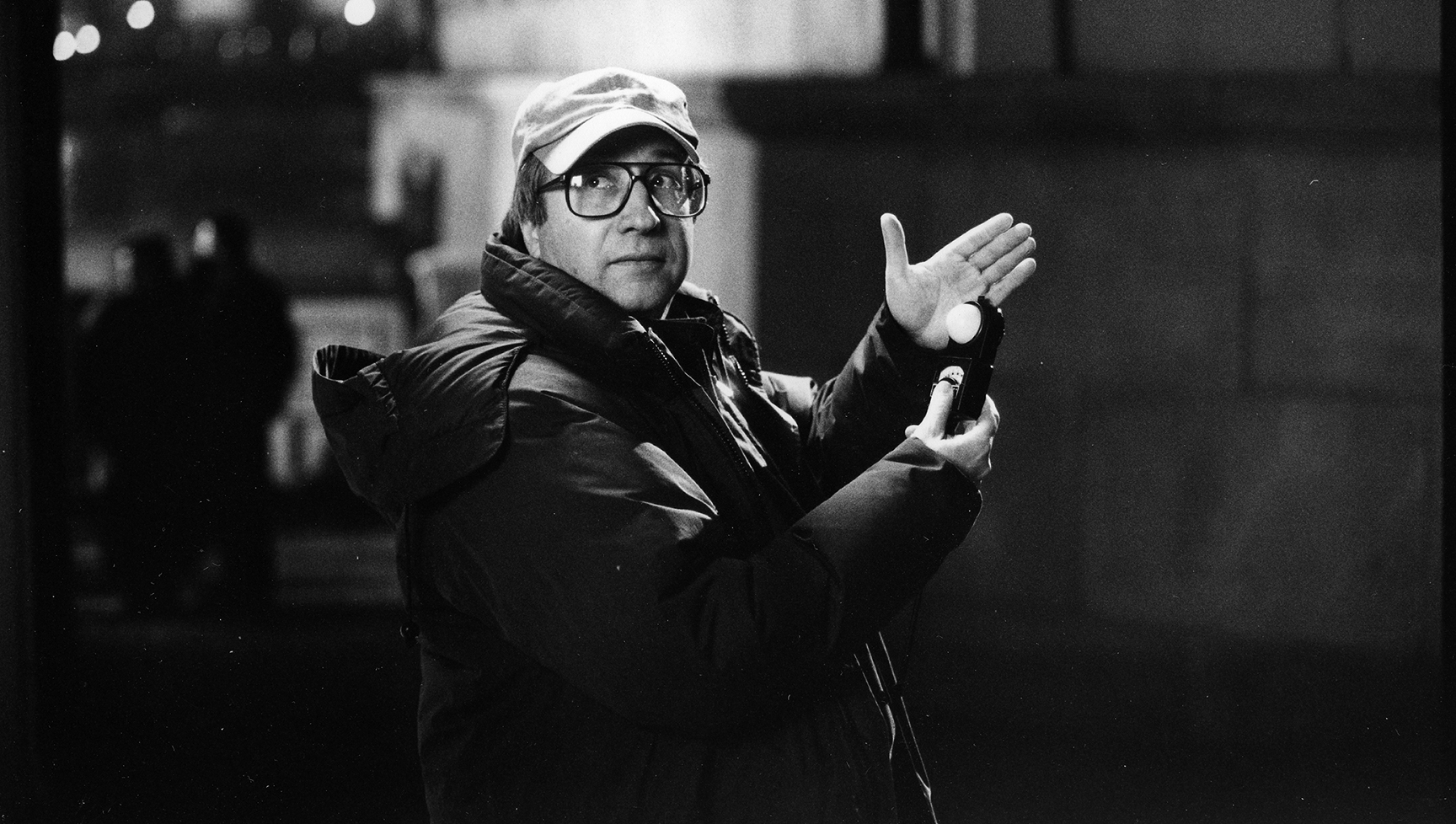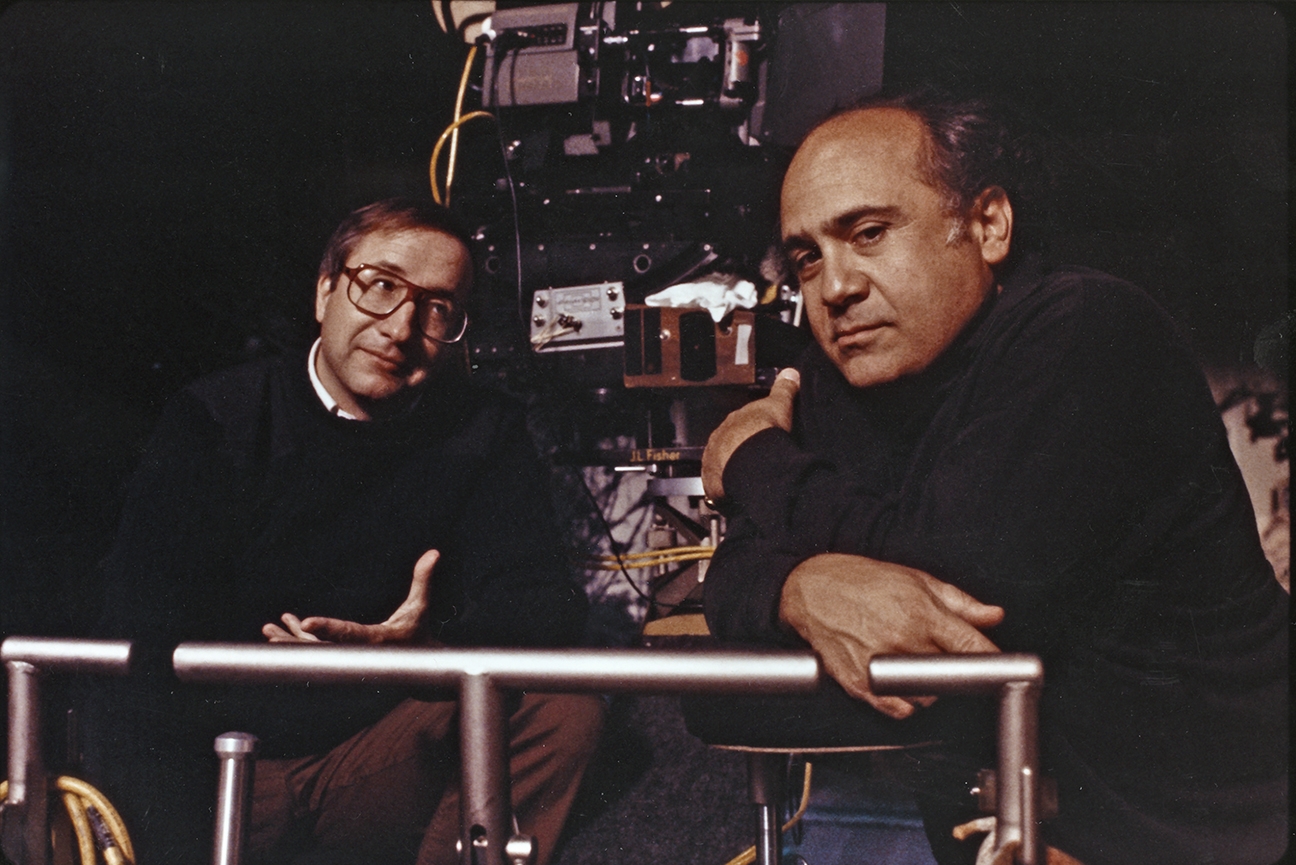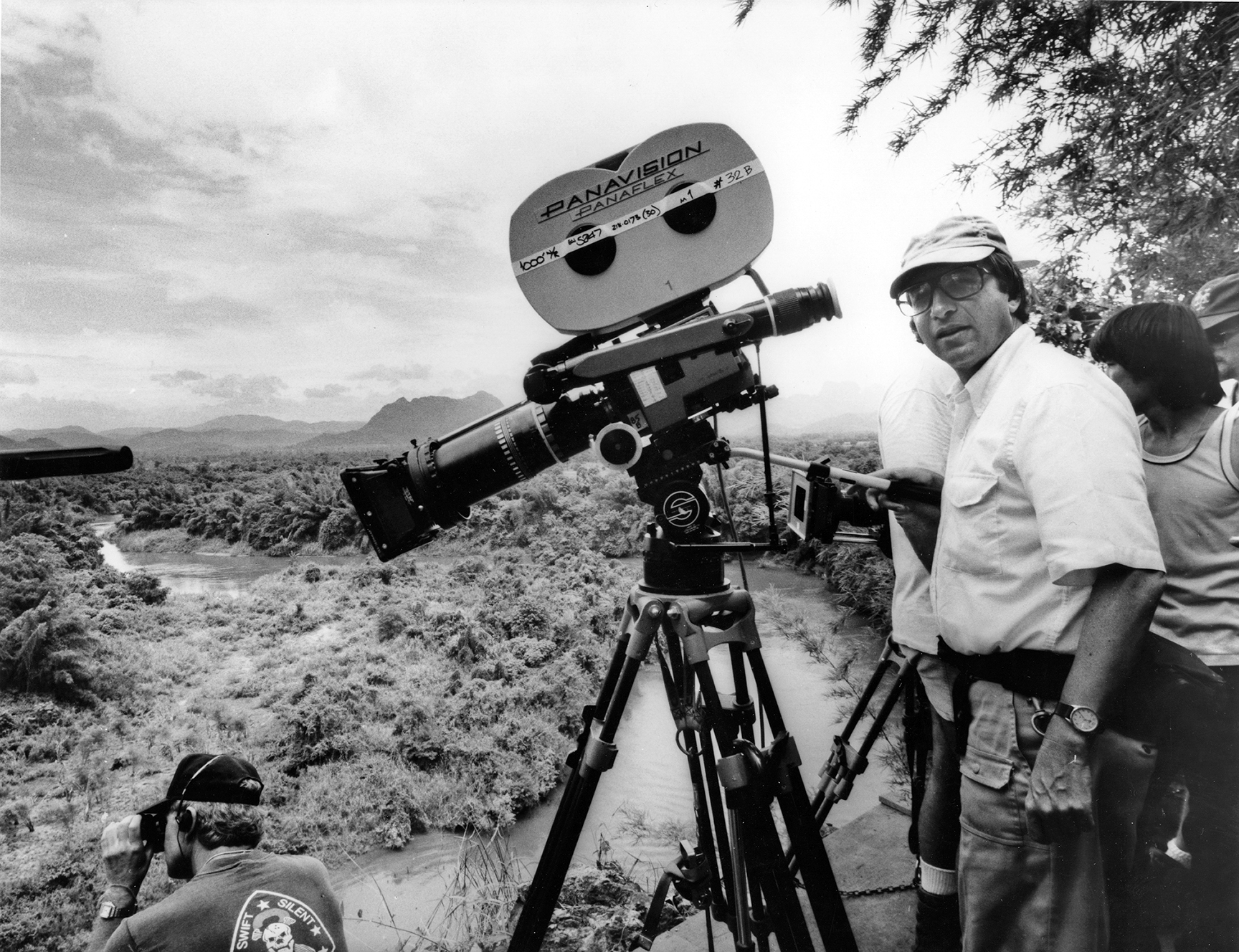
Consummate Professional: Stephen H. Burum, ASC
The cinematographer accepts the 2022 Lifetime Achievement Award from Camerimage — a distinction earned through dedication and determination.
Images courtesy of the ASC Archive
While the art and craft of cinematography are frequently discussed, Stephen H. Burum, ASC would also like the term profession to be part of the conversation. And in accepting the 2022 Lifetime Achievement Award at the 30th annual EnergaCamerimage International Film Festival on Nov. 19, 2022 in Toruń, Poland, the esteemed cinematographer will address this.
“Accepting this award is special, because Camerimage is one of the few festivals that honors camerawork, which is the heart of cinema.”

A third-generation Californian who was born and raised in the rural community of Dinuba, near Fresno, Burum took the first step on his career path during his early teens, when a friend purchased a Kodak Brownie 8mm camera. He recalls, “We shot some of my model airplanes and tried to make a little story. I was hooked!’
After seeing a picture in Life magazine of a soundstage at UCLA’s Theater Arts department (now the School of Theater, Film and Television) and reading the accompanying article about their film program, one of the few in the country at the time, Burum wanted to enroll. “I went to my high-school guidance counselor for help,” he says, “and I was told in quite a disparaging and reductive way, ‘UCLA is not a trade school.’ When I replied that being a filmmaker is a profession, just like being a lawyer or a doctor — two other things taught at UCLA — the counselor got pretty upset. I quickly found a new counselor.”

Burum’s mentors at UCLA included such legendary filmmakers as Arthur Ripley, Dorothy Arzner, Henry Koster and Charles G. Clarke, ASC. “All of our teachers started their careers working on silent pictures,” Burum notes. “They had a whole different way of thinking about visual storytelling, as opposed to using a soundtrack as a kind of crutch.” While earning his undergraduate and graduate degrees, Burum shot some 70 short films for other students.
Fueled by determination, Burum’s subsequent career path was circuitous; it included a stint as a documentary cinematographer at Disney, service in the U.S. military, and assignment to the Army Pictorial Center in New York, followed by years of assisting other cinematographers and working on commercials, non-union features and live television. After gaining entry to the camera union in the “E” (electronic) category — designated for shooting videotape, not film — he photographed TV specials, children’s programs and variety shows. He also began working in visual effects, and shared a 1981 Creative Technical Craft Primetime Emmy Award for Cosmos, the landmark PBS project that explored outer space with Carl Sagan.

In the late 1970s, Burum’s UCLA classmate Francis Ford Coppola invited him to the Philippines as 2nd-unit director and cinematographer on Apocalypse Now, which involved close collaboration with Vittorio Storaro, ASC, AIC. Burum did more 2nd-unit work on The Black Stallion with director Carroll Ballard and cinematographer Caleb Deschanel, ASC. And when Deschanel directed The Escape Artist the following year, he gave Burum his first opportunity to earn a credit as director of photography on a mainstream feature film.

Burum received ASC Award nominations for The Untouchables in 1988 and The War of the Roses in 1990. He won the ASC Award for Hoffa, for which he also received an Oscar nomination, in 1993. His eclectic body of work includes the features Something Wicked This Way Comes, Rumble Fish, The Outsiders, Body Double, St. Elmo’s Fire, Casualties of War, Carlito’s Way, The Shadow, Mission: Impossible, Snake Eyes and Mission to Mars. He was honored with the ASC Lifetime Achievement Award in 2008.
“The motion-picture business started with a person holding a camera, photographing a subject, and it has since grown into what it is today, with all the complexities of each department and all the specialization required to accomplish a storyteller’s vision.”

“The motion-picture business started with a person holding a camera, photographing a subject, and it has since grown into what it is today, with all the complexities of each department and all the specialization required to accomplish a storyteller’s vision,” says Burum. “And understanding how that system works, [the collective effort involved in taking] a creative thought and [putting] it on the screen for others to see, is not easy. It demands extensive training, experience and dedication — things every cinematographer brings to the table as a professional filmmaker. Without those qualifications, you cannot succeed. Accepting this award is special, because Camerimage is one of the few festivals that honors camerawork, which is the heart of cinema.”







